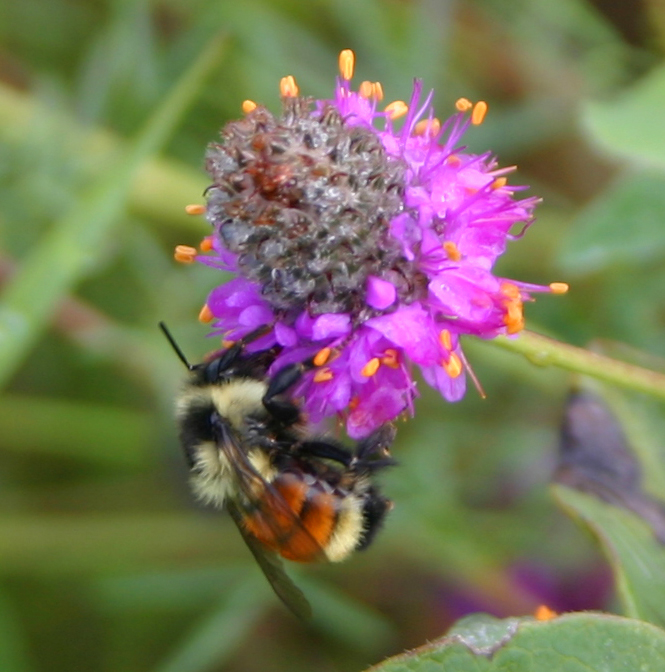Identification of Plant Species for Crop Pollinator Habitat Enhancement in the Northern Prairies
DOI:
https://doi.org/10.26786/1920-7603(2014)21Abstract
Wild pollinators have a positive impact on the productivity of insect-pollinated crops. Consequently, landowners are being encouraged to maintain and grow wildflower patches to provide habitat for important pollinators. Research on plant-pollinator interaction matrices indicates that a small number of “core” plants provide a disproportionately high amount of pollen and nectar to insects. This matrix data can be used to help design wildflower plantings that provide optimal resources for desirable pollinators. Existing interaction matrices from three tall grass prairie preserves in the northern prairies were used to identify core plant species that are visited by wild pollinators of a common insect-pollinated crop, namely canola (Brassica napus L.). The wildflower preferences of each insect taxon were determined using quantitative insect visitation and floral abundance data. Phenology data were used to calculate the degree of floral synchrony between the wildflowers and canola. Using this information I ranked the 41 wildflowers that share insect visitors with canola according to how useful they are for providing pollinators with forage before and after canola flowers. The top five species were smooth blue aster (Symphyotrichum laeve (L.) A. & D. Löve), stiff goldenrod (Solidago rigida L.), wild bergamot (Monarda fistulosa L.), purple prairie-clover (Dalea purpurea Vent.) and Lindley’s aster (Symphyotrichum ciliolatum (Lindl.) A. & D. Löve). By identifying the most important wild insects for crop pollination, and determining when there will be “pollen and nectar gaps”, appropriate plant species can be selected for companion plantings to increase pollinator populations and crop production.

Downloads
Published
How to Cite
Issue
Section
License
Copyright (c) 2014 Diana Bizecki Robson

This work is licensed under a Creative Commons Attribution 4.0 International License.
JPE is an open access journal which means that all content is freely available without charge to the user or his/her institution.
Authors who publish with this journal agree to the following terms:
1) Authors retain copyright and grant the journal right of first publication with the work simultaneously licensed under a Creative Commons Attribution License that allows others to share the work with an acknowledgement of the work's authorship and initial publication in this journal.
2) Authors are able to enter into separate, additional contractual arrangements for the non-exclusive distribution of the journal's published version of the work (e.g., post it to an institutional repository or publish it in a book), with an acknowledgement of its initial publication in this journal.
3) Authors are permitted and encouraged to post their work online (e.g., in institutional repositories or on their website) prior to and during the submission process, as it can lead to productive exchanges, as well as earlier and greater citation of published work (See The Effect of Open Access).
To assure a broader targeted audience, content will be included into databases (such as EBSCO) and directories (such as DOAJ).











